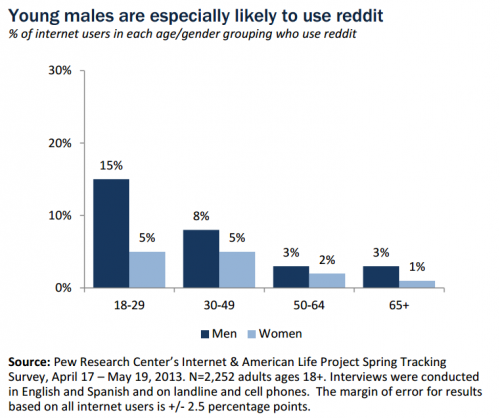It all started with the wine last night — a dark red, with cherry and chocolate notes. The chocolate I can take or leave, but cherry…cherry is my flavor, and it reacted with the phlegmy mass building up in my sinuses to leach cherry dreams into my brain. This damned cold made my sleep fitful, as well, so unlike my usual nights, when I sleep deeply and blissfully so my dreams all dissipate before they pass into my awareness, I drifted shallowly in the Lethe, my head bobbing above the surface, and I remembered all, a rare experience.
Weird thing, most of the dreams I remember have salmon in them, as does this one. But it’s not got much salmon. It’s mostly about the cherry trees. OK, maybe a fair amount of salmon.










